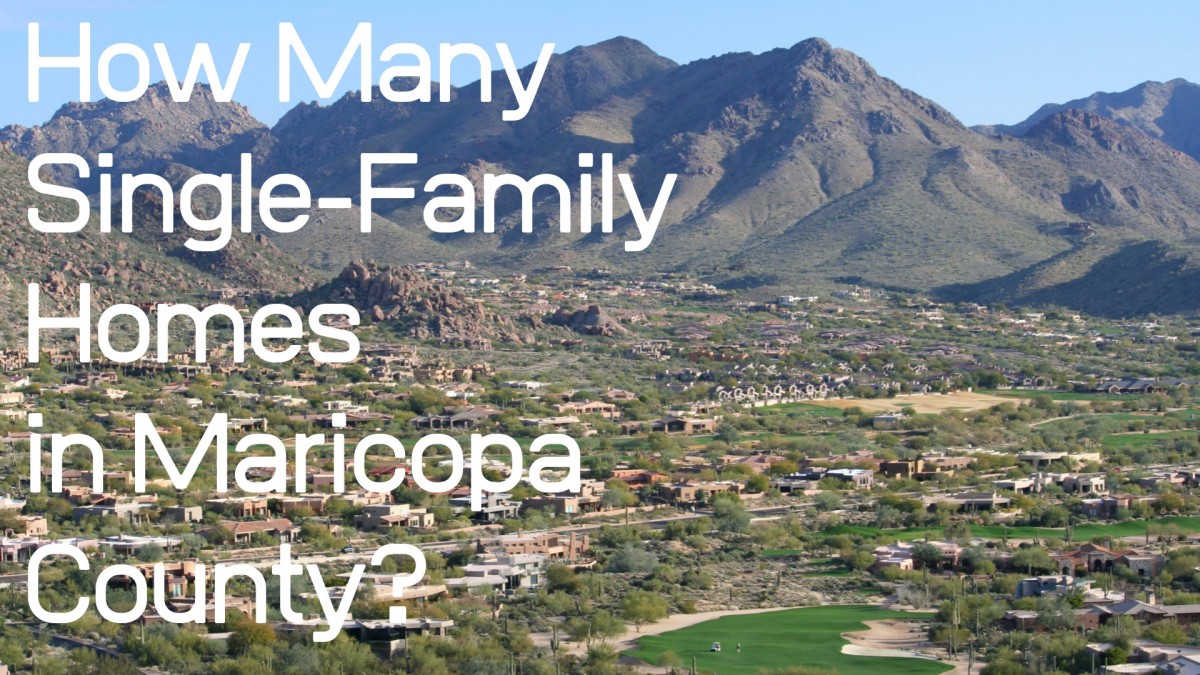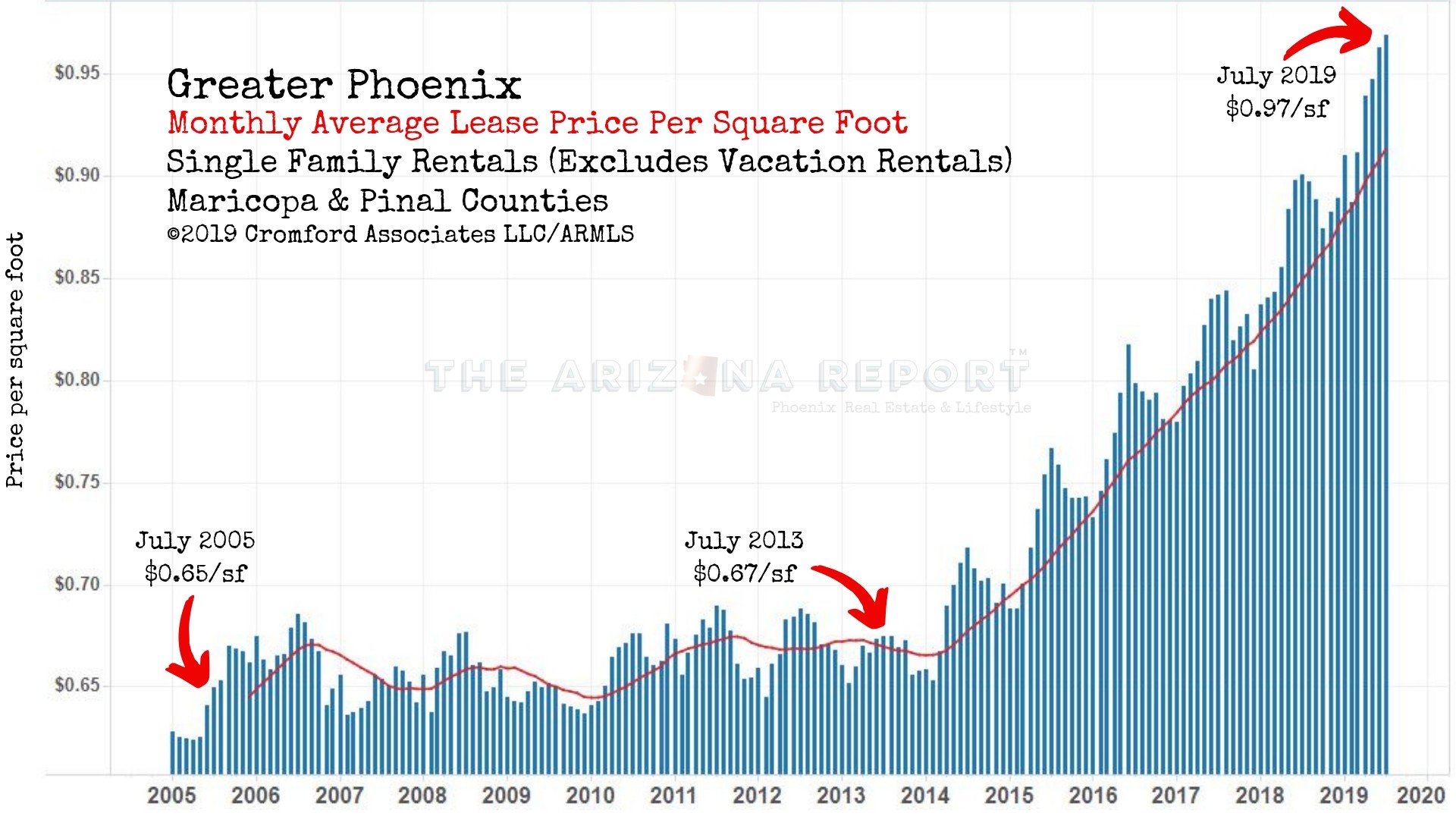- Fountain Hills Ties as Safest Zip Code in Phoenix - Oct 14, 2019
- How Many Single-Family Homes in Maricopa County? - Oct 13, 2019
- Investing in Multi-Family Real Estate in Your 20s - Oct 9, 2019
In a real estate context, equity is the difference between the market value of a property and the amount owed on loans or liens.
Example
For instance, if you have a home in Phoenix worth $200,000 and you owe $140,000 to the bank, your equity is $60,000. If you own the home free and clear, you have 100% equity. In this basic example, seller’s closing costs are ignored. These would be fees involved in selling the property that reduce the owner’s equity. Real estate commission, title insurance, Maricopa County recording fees, prorated property taxes and loan prepayment penalties are examples of costs that would reduce the owner’s equity when the home is transferred.
A homeowner’s equity in a property will grow as the home increases in value. Equity also increases over time as the loan is paid down and less is owed to the lender.
However, when a property falls in value, the amount owed on the note does shrink. The homeowner’s equity is squeezed by falling prices.
What If There is No Equity?
If a home is worth less than the amount owed on the loan, the homeowner is said to be “upside-down” or “underwater.” The homeowner has negative equity in this example.
During the real estate market crash and subsequent crisis in 2008, many Phoenix homeowners found themselves to be “under water.” Homes in communities on the fringes of the metro like Anthem and San Tan Valley fell up to 50% in value in a short period of time. The market has now rebounded and allowed most of those borrowers to sell at a break-even or make a modest profit. This is especially true for homeowners who purchased here between 2004-2007.
Nationally, the share of mortgages that are underwater fell by about one-half between 2011 and 2014.
– Janet Yellen, Chair of the Board of Governors of the U.S. Federal Reserve System in a May 22, 2015 speech to the Providence Chamber of Commerce, Rhode Island







